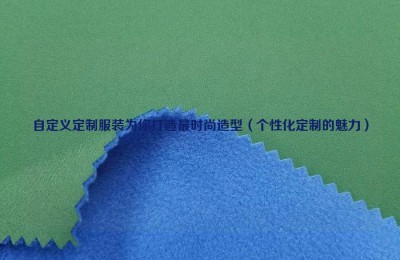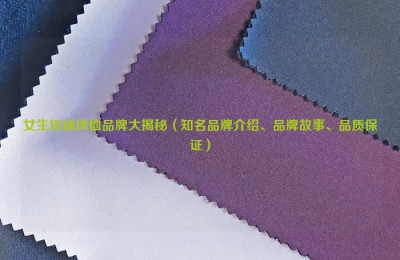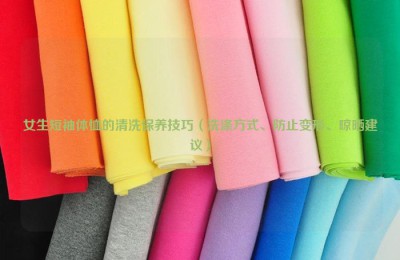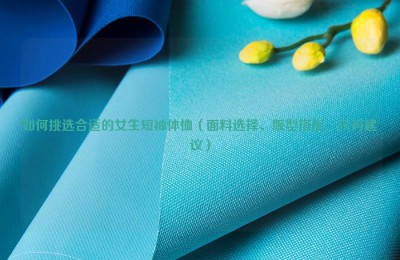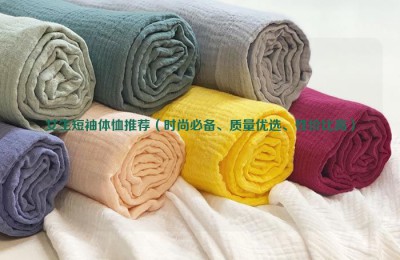Quilts made of corn starch are as strong as steel wire and even have artificially woven blood vessels… A few days ago, reporters visited textile companies in Binzhou and Texas for interviews and found that today’s textile industry is beyond imagination. . Shandong is a major textile province. In 2021, there were 6,859 enterprises above designated size in the province’s modern light textile industry, achieving operating income of 1.8 trillion yuan, accounting for 17.6% of the province’s above-scale industries. This year, Shandong has listed the modern light textile industry as one of the “Top Ten Industries”, and traditional industries are becoming “new”.
Quilts made of corn starch
“Polylactic acid biodegradable windbreaker” “Polylactic acid environmentally friendly sweatpants” “Polylactic acid antibacterial bedding four-piece set” “… Browsing on shopping websites, I found that many textile and clothing brands have launched polylactic acid series products.
Polylactic acid is an alternative material to plastic and is mostly used to produce degradable tableware and shopping bags. How did it “break” into the textile industry?
“The corn quilt we developed has polylactic acid fiber added to the filling. It is very popular with consumers and has sold more than 100,000 pieces.” On the afternoon of September 20, Binzhou High-tech Zone In the product display area of the Home Expo Pavilion in the Yuyue Home Textile Industrial Park, Wen Hongjie, director of the Textile Design Department of Yuyue Group, opened the package, and the reporter touched a corner of the corn hug quilt. It is light, smooth and full of comfort.
Wen Hongjie told reporters that it is called “corn hug quilt” because polylactic acid fiber, also called corn fiber, is mostly made of starch extracted from corn and other plants. “Polylactic acid fiber can be completely degraded in the soil in one to three years, turning into water and carbon dioxide. It will not cause pollution when burned, which is in line with the expectations of environmentally friendly consumption concepts. The natural weakly acidic environment of polylactic acid fiber is good for It has an inhibitory effect on the growth of bacteria and can repel dust mites. It also has the characteristics of moisture absorption and perspiration, anti-ultraviolet, and low flammability, which can meet the needs of consumers for iterative product upgrades.”
High energy consumption , high emissions were once the characteristics of the traditional textile industry. Data show that the carbon emissions of the textile and clothing industry account for 10% of global carbon emissions, making it the second most polluting industry after oil. From nature, to nature, polylactic acid fiber conforms to the new textile consumption concept of “more environmentally friendly and fashionable”.
However, it is precisely because polylactic acid fiber is easily degraded that it increases the difficulty of producing it into textiles. “Polylactic acid fiber degrades faster at high temperatures, and dyeing, printing and other links in the textile industry are mostly in high-temperature environments. Polylactic acid fiber has a smooth surface, but it is difficult to spin into high-quality spun yarn. We are also constantly adjusting the process, Overcome technical difficulties and deliver products to consumers in a more perfect form. In addition to quilts, there are currently products such as shirts, blankets, curtains, and bedding sets. In the future, we will keep up with the market forefront and continue to develop polyester products. New lactate fiber product.” Wen Hongjie said.
At the Joyful Home World Expo Hall, a wide variety of new functional textile products with different functions refreshed reporters’ understanding of the modern textile industry.
“Writing such a thin blanket when sleeping at night is not only comfortable and warm, but also equivalent to a far-infrared light therapy. It also has the effect of removing formaldehyde and odor, making the air fresher. “The functional product display area of the Joyful Home World Expo Hall was introduced by the commentator Zhang Ruonan.
Wu Lili, R&D engineer of the Joyful Warm Infrared Team, told reporters that the “magic” of this blanket comes from the “core” of the blanket – warm infrared fabric woven from nanocarbon yarns.
In order to let reporters feel the difference between warm infrared fabrics and ordinary fabrics, Wu Lili conducted a small experiment. She baked a piece of black splicing fabric on the infrared lamp for 3 seconds and took it off. The reporter touched it with her hands and found that the warm infrared fabric part was warm, while the ordinary fabric part showed no change. She placed a light bulb with a built-in battery on the nanocarbon yarn, and the light bulb instantly lit up.
“This shows that the absorption of infrared rays by warm infrared fabrics is much better than ordinary fabrics, and its conductivity makes it have huge market application space.” Wu Lili said.
“The textile technology of warm infrared fabrics is constantly updated and iterated.” Professor Fang Kuanjun, chief scientist of Joy Group and director of the Collaborative Innovation Center for Ecological Textiles jointly established by Qingdao University and the Provincial Department, introduced that the third-generation products currently being developed The test has been successful and will be mass-produced after further optimization.
Functional fabrics emerge in endlessly, but they still cannot replace some consumers’ love for “pure cotton”. Can pure cotton products also be functionalized?
Xiajin County is known as the “Famous Cotton Textile City in China”, with pure cotton textiles dominating the market. Xiajin Renhe Business Department of Dezhou Hengfeng Group is a research and development and weaving base for functional yarns. Pearl fiber, milk fiber, submicron fiber, seaweed fiber, etc. are all independently developed products. With the direction of functionality and differentiation, cotton textile products are also constantly upgraded.
“The antibacterial cotton we jointly developed with Donghua University uses a high-voltage electrospinning process to ‘graft’ antibacterial materials onto cotton fibers, which not only retains the naturalness of cotton fibers, but also increases antibacterial properties. It has the function of removing mites.” Cai Jinnan, Vice Chairman of Dezhou Hengfeng Group and General Manager of Xia Jinrenhe Business Unit, said that the added antibacterial materials are non-toxic and non-irritating to the human body, and the antibacterial cotton produced can reach 4A level and has a long-lasting antibacterial effect. Resistant to washing>
Since becoming the chief scientist of Joy Group in 2013, Fang Kuanjun has traveled between Qingdao and Binzhou almost every week. What makes him gratified is that many young researchers in the R&D team have become the main leaders of various departments of Joy Group, continuing to carry out scientific and technological innovation in key positions and driving innovation among all employees.
“Mature traditional industries need innovation to differentiate their technologies and products, so that they can have room for survival. From the perspective of development trends, cross-industry and cross-field R&D may be the key to the textile industry. The direction and driving force of innovation and development.” Fang Kuanjun said.
Keywords:
Textile Technology Functional Traditional Industry
AAA flame retardant fabric network NHGMKJLOI87


